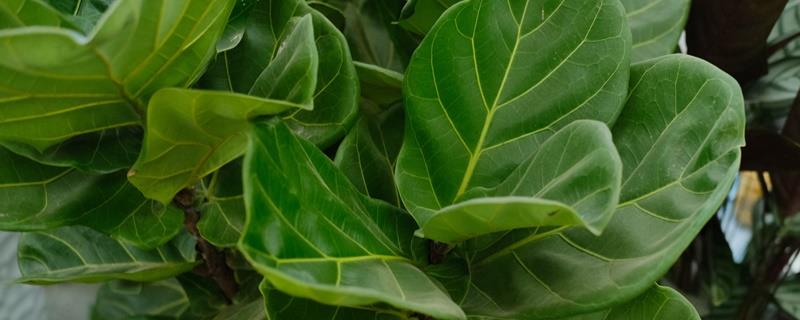leaf structure
Last Update :2024.11.12
Article Catalog
Leaves are generally composed of three parts: blade, petiole and stipule. 1. Leaves: Leaves are composed of three parts: epidermis, mesophyll and veins. Leaves are important organs for plants to produce nutrients and are important places for photosynthesis and respiration; 2. Petiole: The petiole is the part connecting the leaf and the stem, and its main function is conduction and support; 3. Stipule: Its functions are various Different, for example, the stipules of peas can carry out photosynthesis, while the stipules of jujube can become thorns.

1. Blades
1. Leaves
Leaves are composed of three parts: epidermis, mesophyll and veins. Leaves are important organs for plants to produce nutrients and are important places for photosynthesis and respiration. The essence of photosynthesis is the process in which green plants use light energy through chloroplasts to synthesize carbon dioxide and water into organic matter and release oxygen. Respiration is the process in which plants absorb oxygen, decompose organic matter into carbon dioxide and water, and release the energy needed for plant growth.
2. Petiole
The petiole is the part that connects the leaf and the stem. Its upper end is connected to the leaf and its lower end is connected to the stem. The petiole is very small, but its function is very powerful. The main function of the petiole is conduction and support. There are vascular bundles inside the petiole, which are the main channels for transporting water and nutrients between the stems and leaves. Mooncakes are generally cylindrical or slightly flat in shape.
3. Stipules
Stipules are located at the junction of the petiole and the stem, respectively on both sides. Its shape and function vary depending on the plant. For example, the stipules of peas can carry out photosynthesis, while the stipules of jujube can turn into thorns, and the stipules of more plants will fall off during the growth process.
2. Petiole
3. stipules
- END -
Where does water hyacinth grow?

Water hyacinth is an upright or floating herbaceous plant, usually floating in wat...
Why is the Dripping Guanyin not dripping?

Driping Guanyin, hearing this peculiar name, will make people think, is this the d...